‘Massive oil rig-like structures that were once the realm of science fiction are now made manifest’
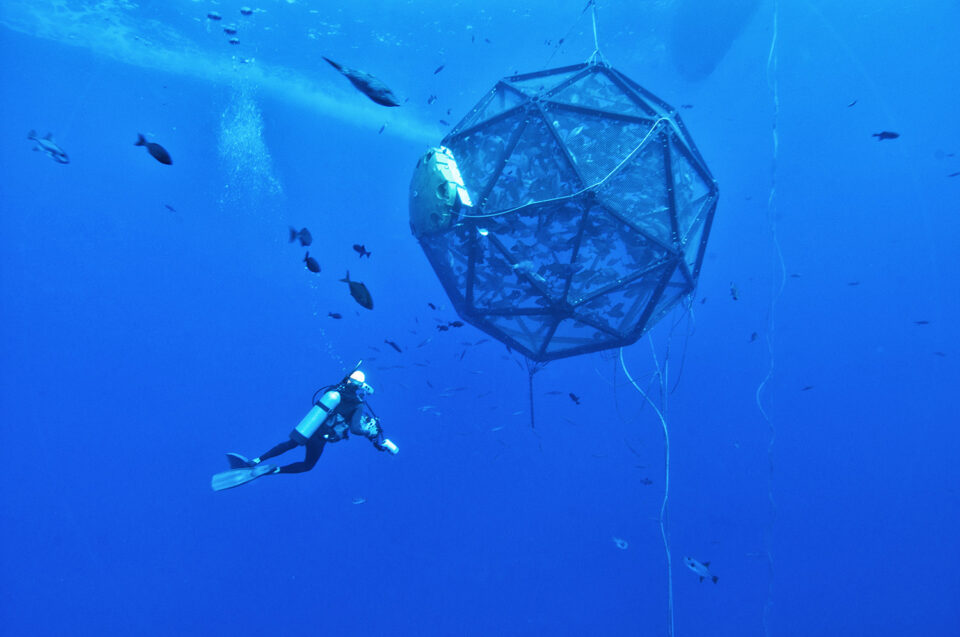
About 45 miles off the coast of China, 3,000 tons of yellow croaker swim in a floating pen that is, when placed on land, 10 stories high. Philip Schreven, founder and co-owner of Pan Ocean Aquaculture, engineered the massive croaker farm to withstand strong storms and crashing waves that are common in the Taiwan Strait, where high wind speeds and wave heights have been recorded, with significant increases noted by researchers over the past three decades.
“The offshore environment is always hostile,” Schreven says. “When you design something, you design it for worst-case scenarios.”
Those “worst-case scenarios” are becoming more common. The climate crisis has led to more frequent and intense storms, affected water temperature and increased the pace of ocean acidification – all stressors that can affect future growth and stability of offshore farms.
There’s a cost to climate change for the seafood industry. Researchers found that marine heatwaves, more common as a result of the climate crisis, were associated with significant (and costly) aquaculture losses. In particular, a 2016 extreme heatwave in Chile was linked to $800 million in aquaculture losses while a heatwave in Australia resulted in $3.1 billion in aquaculture losses.
Some areas are more vulnerable than others. A report from the Food and Agriculture Organization of the United Nations found that Vietnam, Bangladesh, China, Belize, Honduras, Costa Rica and Ecuador were among the most vulnerable to climate change for freshwater aquaculture while Norway and Chile were the most vulnerable when it comes to marine aquaculture.
At the same time, as the climate has become more volatile, offshore farms have become more common. The latest data from Netherlands-based agricultural lender Rabobank shows that space limitations and legislation restricting farm locations have placed limitations on coastal marine aquaculture, leading producers to move out to sea.
Offshore farms show promising growth potential. Currently, one-third of farmed fish is raised in marine environments and the numbers continue to increase. But the success of open ocean aquaculture depends on designing structures that can withstand the harsh marine environments with extreme waves and winds that are linked to climate change.
“The projects that are being deployed now in China and Norway are validation that these massive oil rig-like structures that were once the realm of science fiction are now made manifest,” says Neil Anthony Sims, founder and CEO of Ocean Era Inc. “We have great faith in the engineers and ocean modeling and the ability to predict the strength of storms and design structures that will withstand them.”
Built to last
Several aquaculture companies have designed offshore farms similar to the structures used as offshore oil rigs. In developing the specs for Ocean Farm 1, SalMar consulted offshore oil and gas standards to ensure the structure met the biological needs of the salmon and the harsh climate conditions in the North Atlantic Ocean off the Norwegian coast.
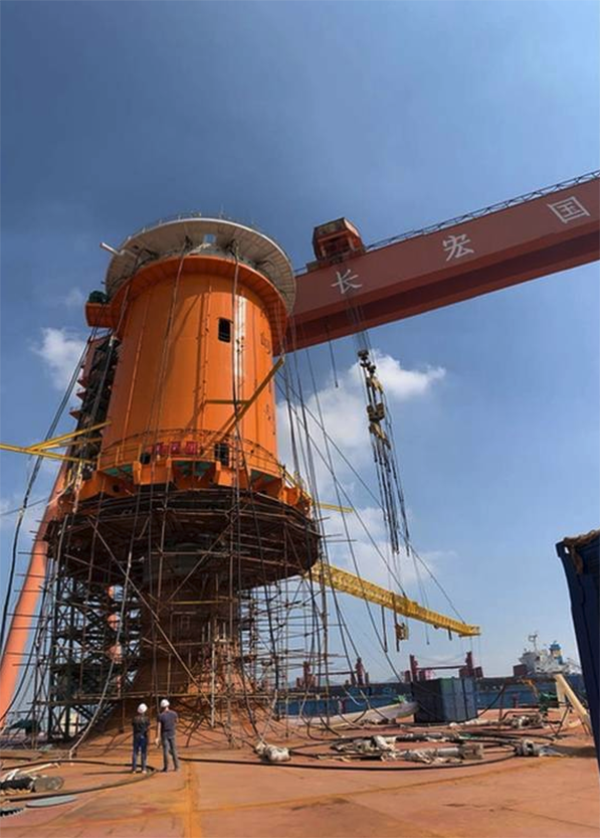
Pan Ocean Aquaculture also tailored the design of its patented Semi-Submersible Fish Farm to stand up to local environmental conditions. In severe storms, the entire cage can be submerged almost 40 feet below the surface at the push of a button. The innovation was developed to withstand extreme weather, Schreven explains.
“Whatever [part of the structure] remains in the wave area, that’s where the biggest hits will be,” he adds. “We thought, ‘What can we do to avoid the brunt of the storm?’ and that was basically going down in the water and having as little as possible stick out in the wave area.”
The biggest players in offshore aquaculture, including SalMar and Norway Royal Salmon, tend to locate their farms further offshore – Ocean Farm 1 is located 20 nautical miles from the shoreline – where larger, sturdier equipment is essential to stand up to severe weather.
David Kelly, CEO of Boston-based Innovasea, has taken a different approach to designing offshore structures that are located closer to the coastline.
Unlike the more rigid structures that are used in harsh marine climates, the Innovasea SeaStation and Evolution Pens that have been installed in offshore environments “tend to give and take a little bit” but are still strong enough to withstand the forces in their environments. The model has worked for offshore producers like Open Blue in Panama (cobia) and Earth Ocean Farms (totoaba) in the Sea of Cortez.
“What we’ve been working on is having a structure that works in most regions [and] has enough strength and durability to meet the application for a reasonable, useful life of the equipment,” Kelly explains. “The whole art of the engineering is [designing] a structure that’s good enough to be reliable, safe and [is] not going to have a catastrophic failure for the environment.”
Offshore offers environmental benefits
Choosing sites farther offshore might offer some significant environmental benefits and better protect farms from the impacts of climate change. In fact, Schreven believes nearshore farms take the brunt of the impact from severe weather events.
“In China, there is a push for aquaculture to move further offshore [because] nearly every two to three years, all their nearshore farms are just completely smashed with by typhoons and, with more typhoons happening, that frequency increases,” Schreven says. “So, there’s a stronger push to say, ‘let’s stop putting all these small little farms made out of plastic or wood nearshore because it’s a huge mess [and] every year the fish escape [and] the whole coastline is covered with the debris.”
Climate doesn’t just impact engineering and design. Kelly believes operators must consider the climate crisis when deciding where to locate their farms and which species to raise. He notes that the optimal conditions for a species right now might not remain optimal as temperatures change and fish shift their natural habitats.
Sims has worked on offshore projects in Hawaii and the Sea of Cortez; the Ocean Era-led Velella Project was the first trial of open ocean aquaculture in U.S. federal waters. His next offshore farm is slated to be installed in the Gulf of Mexico (once the permitting for the demonstration pen is complete). The location, he believes, is ideal for an offshore farm.
“There is tremendous potential for growth in offshore aquaculture in the tropics,” Sims says. “In areas 10 degrees north and 10 degrees south of the equator where all of the climate models predict we won’t get hurricanes, there is a band there where you don’t need structures that are quite so massive…and there is a lot of potential for smaller-scale net pen operators offshore.”
Despite the challenges, offshore farming also offers enormous potential to address the climate crisis. In fact, in a 2020 report, The State of World Fisheries and Aquaculture, the United Nations points to sustainable aquaculture growth can increase food production, boost economic growth and help keep waterways clean.
“Aquaculture is not a victim; it’s a critical part of the solution,” says Sims. “It’s the telling reason why there is increasing support from a number of environmental [non-governmental organizations] like WWF, Conservation International, The Nature Conservancy and even Environmental Defense Fund are endorsing offshore aquaculture…We can’t grow this slowly; we have a crisis on our hands and we need to move with all alacrity.”
Follow the Advocate on Twitter @GSA_Advocate
Now that you've reached the end of the article ...
… please consider supporting GSA’s mission to advance responsible seafood practices through education, advocacy and third-party assurances. The Advocate aims to document the evolution of responsible seafood practices and share the expansive knowledge of our vast network of contributors.
By becoming a Global Seafood Alliance member, you’re ensuring that all of the pre-competitive work we do through member benefits, resources and events can continue. Individual membership costs just $50 a year.
Not a GSA member? Join us.
Author
-
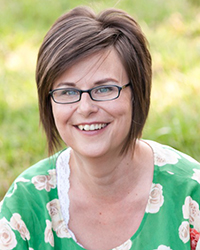
Jodi Helmer
Jodi Helmer is a North Carolina-based journalist covering the business of food and farming.
Tagged With
Related Posts
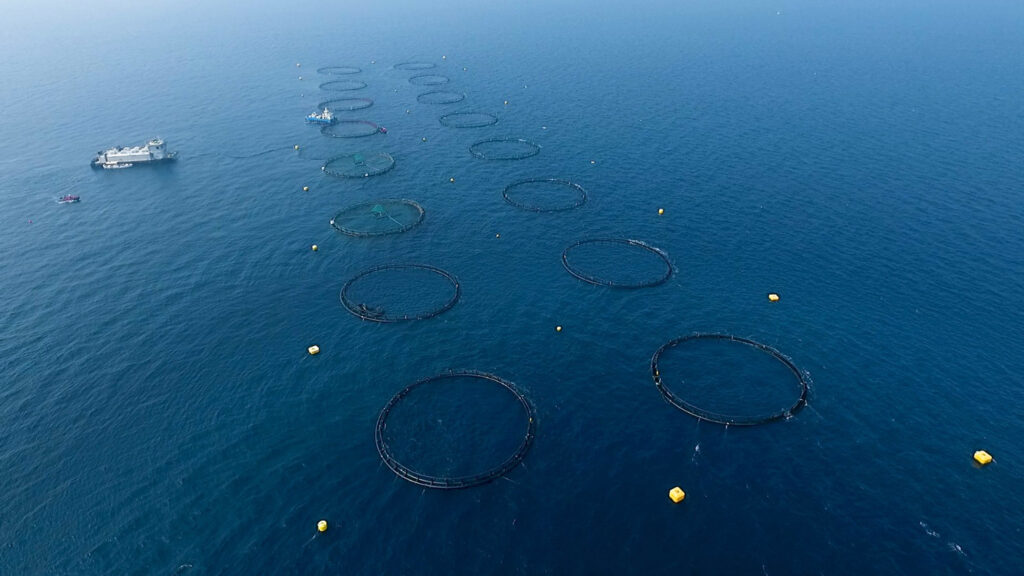
Intelligence
After first harvest, offshore aquaculture venture in Qatar sets fresh ambitions
With a successful sea bass harvest last fall, Qatar’s only offshore aquaculture venture now seeks to double production and diversify into other species.
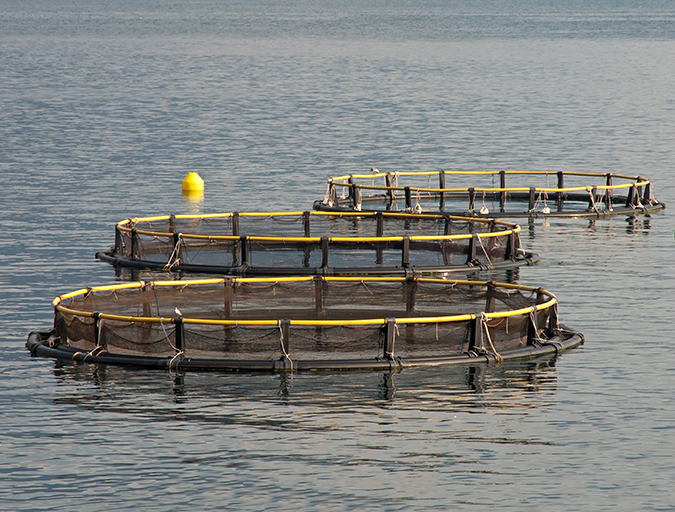
Intelligence
Paper seeks to quell ‘myths and unfounded criticisms’ of marine aquaculture
Open-access paper refutes prevalent criticisms about marine aquaculture and what it calls “myths and assumptions” about offshore fish farming.
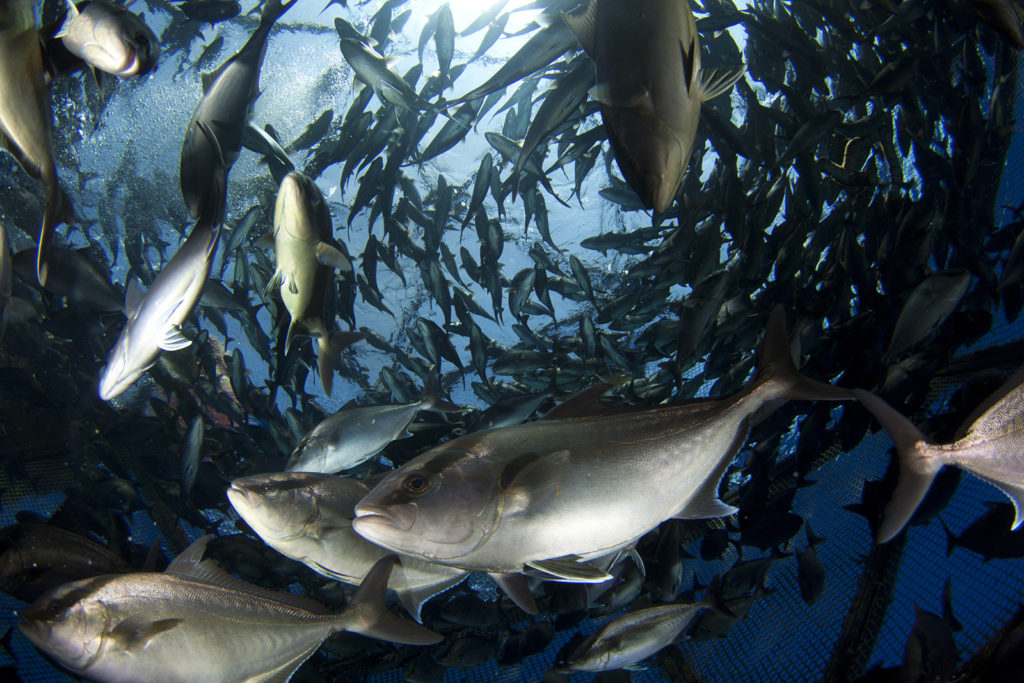
Intelligence
The keys to making land-based and offshore aquaculture work? Scale, scale, scale
GOAL delegates heard that the biggest opportunity for land-based and offshore aquaculture is to scale production and increase seafood supplies.
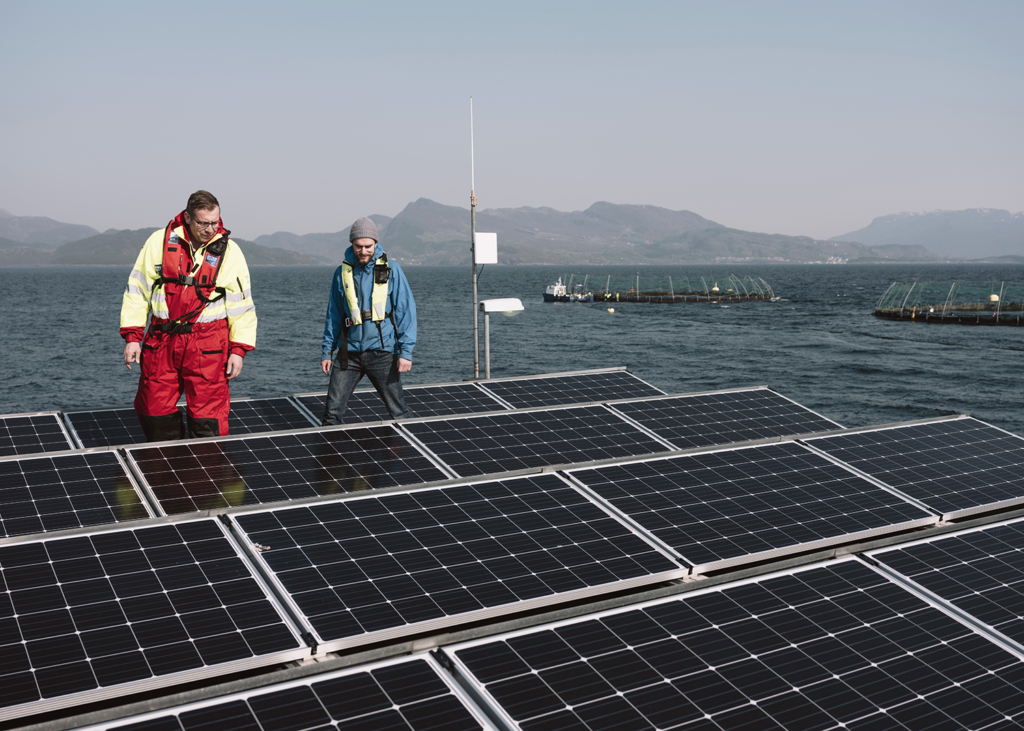
Responsibility
Renewable energy could transform offshore aquaculture, but what about …
Fish farms, especially offshore operations, could certainly benefit – and intensify production – with renewable energy, but there are hurdles to surmount.


